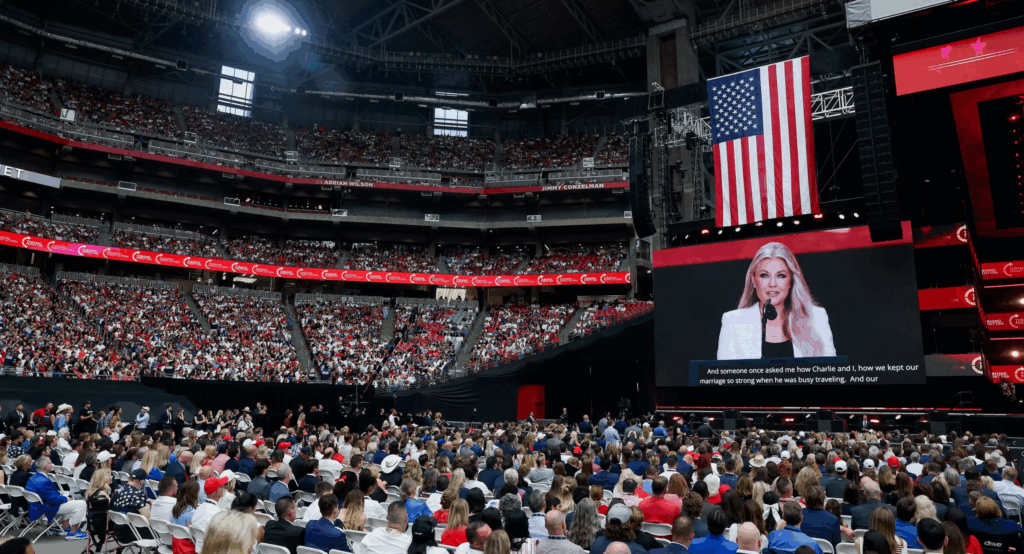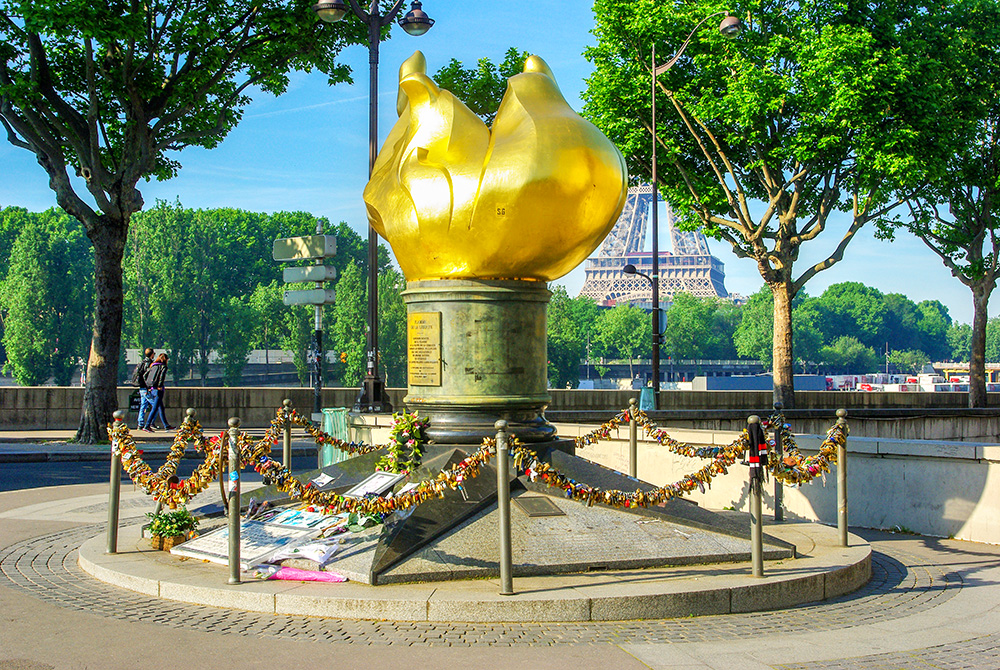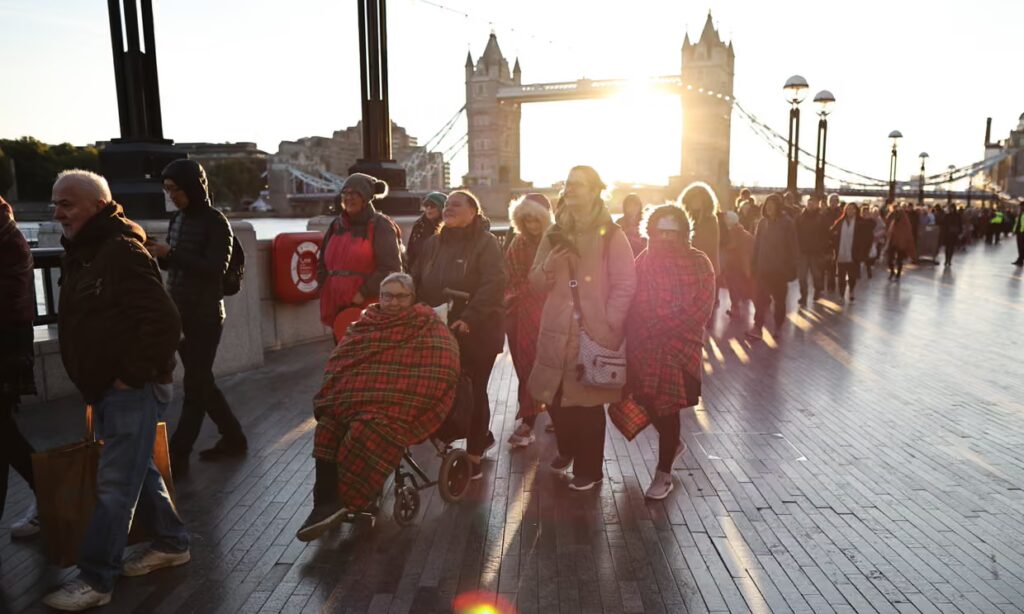Collective Grief is something that I’m thinking about.
Charlie Kirk
The topic has come up in light of the Charlie Kirk murder. Today, October 10, 2025, marks one month since Charlie was murdered in a tragic, senseless murder.
I’ve shed many tears since that day, despite never having met the man. I enjoyed watching his debates with students on a regular basis. I admired the way he found common ground, and through logical premises, justified his beliefs and challenged others. He was wise beyond his years, and now he is gone. Since his death, I have seen many reactions to his death, ranging from shock to anger and also approval. Obviously, I find the approval of his murder confusing, but I find a common feeling amongst those who also mourn his death. In the weeks since that horrible day, I have been drawn to stories from other grievers about their grief for Charlie.
In fact, at his televised/broadcast memorial service, collectively, 20-100 million other people tuned in to watch. But it feels a little silly to grieve someone I personally did not know. I watched and cried through that 4-5 hour memorial while watching the livestream and seeing the good and bad responses to the death and memorial.
Why was I drawn to other mourners?
Collective grief, that’s why.
When many people grieve a natural disaster or death of someone, we instinctively gather together, to feel comfort in others’ grief, as well. You see it in spontaneous candlelit vigils and memorials. It’s validating to know it’s not just us that are sad that someone we didn’t even meet has just died.
To experience collective grief validates that the person who died was worth grieving and it recognizes the pain, even if we didn’t know them.

Image of the memorial for Charlie Kirk featuring Erika Kirk speaking to the crowd. Photo taken by John Locher of the Associated Press
In fact, there have been many examples of collective grief in the past 20 years.
The Collective Grief of Princess Diana
Do you remember after Princess Diana’s tragic death in 1997, as a result of the outpouring of grief, there was a massive field of flowers surrounding Buckingham Palace? The collective grief over the death of Diana was palpable. In fact, it is estimated that between 31 million and 2.5 billion people watched the televised funeral. She was so loved.
When I was visiting Paris in 1999, just two years later, I accidentally found a spontaneous memorial dedicated to Princess Diana. It was a war memorial of a large golden torch but was situated directly over the tunnel where Princess Diana reportedly died. It had been defaced with comments about Diana and many flower and items left there for her. The people who turned this war memorial into a Princess Diana memorial wanted others to think of Diana and show their own grief over her death.
You can see a short clip of the funeral here: https://www.youtube.com/watch?v=PFNU7NzthVY

Flame of Liberty – Place Diana © French Moments
The Collective Grief of Queen Elizabeth II
And more recently was the death of Queen Elizabeth II in 2022. The Queen’s long reign had finally ended and people came from all over the world to pay their respects, standing in long line ups that snaked through the old city of London for miles. Collectively, we grieved her too. Her funeral brought in 4.1 billion viewers, according to “beyondthedash.com/blog”.

Line up of mourners in London for the Queen, 2022. Photo by George Cracknell Wright/The Guardian
So why do so many of us want to show up, or line up or watch a funeral of a person we’ve never met?
According to Grieveleave.com, when we grieve over someone we’ve never met, grieving together, collectively, helps to prevent isolation that exacerbates grief and shows that we’ve lost a small part of our lives. Certainly when we show up and see that others are grieving, it validates our grief. And it feels good to grieve with others.
The 3 C’s of Grief (Collective Grief, too)
According to the Bay Area CBT Center, there are 3 C’s in grief:
- Choose (which activities are helpful and which ones aren’t, in grief),
- Connect (it helps mitigate the feeling of isolation in grief and togetherness helps to heal) and
- Communicate (communicate your needs to request support)
When we grieve collectively, it’s a validating activity. We can communicate our feelings and connect with others who feel the same way. Again, according to GrieveLeave.com, “Collective grief is when we, as a community, come together in our shared sadness, finding strength in one another.”
As always, finding a community of support helps us endure difficult times. It reminds us that we all grieve, we all have hardships and none of us are immune to that.
Collective grief is telling others that we’ve lost a small or large part of our lives.
Have you ever attended a memorial or vigil of someone you didn’t know but still grieved over?
Be the first to comment